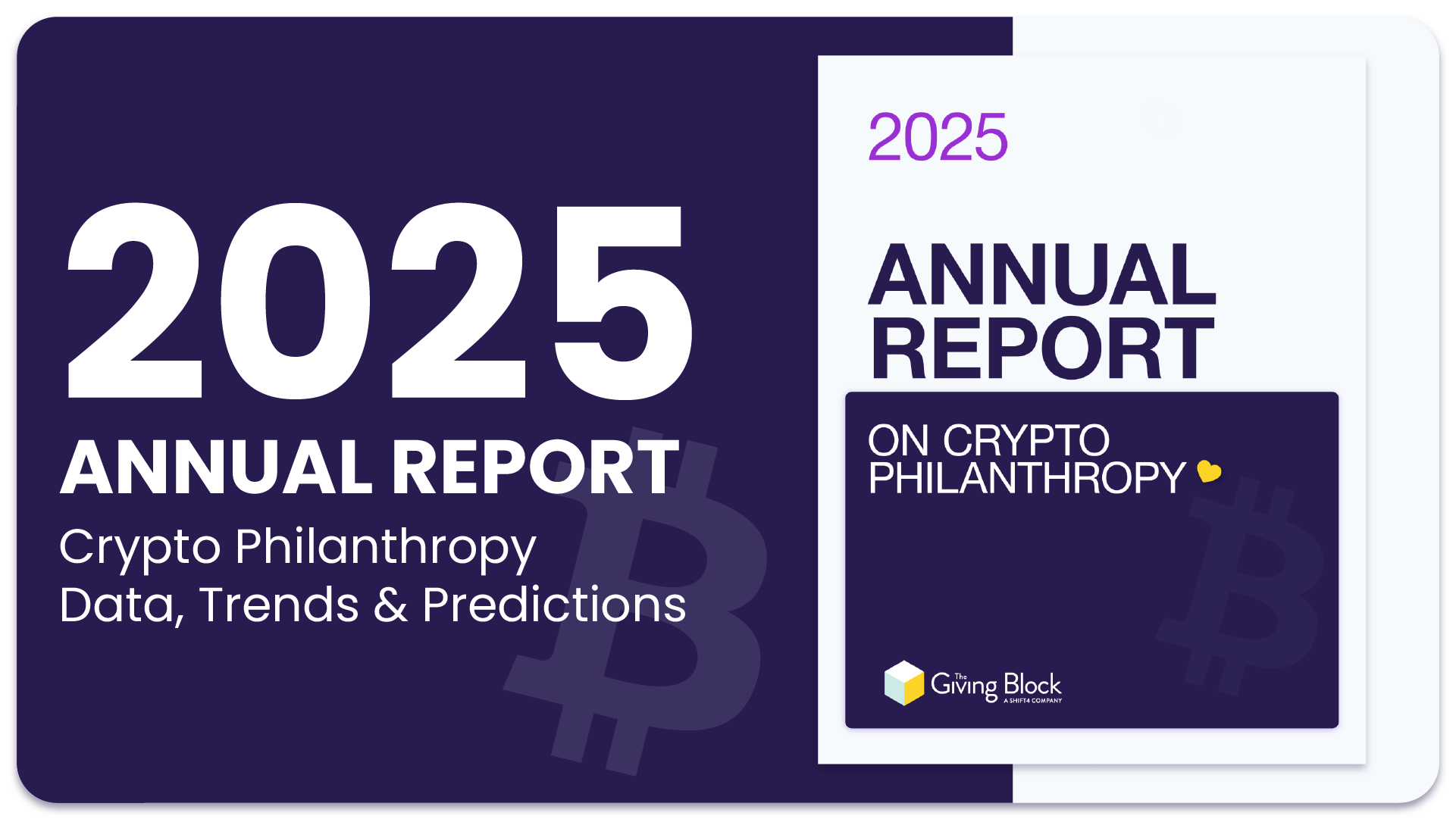Both DAFs and crypto are rapidly growing in popularity, offering significant advantages for donors and organizations alike. For nonprofits looking to stay ahead of the curve, embracing these tools is key to unlocking a new era of fundraising potential.
What Are Donor-Advised Funds?
DAFs have experienced incredible growth over the past decade. These charitable investment accounts allow donors to set aside funds specifically for charitable giving, providing an easy, tax-advantaged way to make a lasting impact. With assets in DAFs increasing by 5X to over $230 billion in just 10 years, they are now responsible for more than $50 billion in grants to nonprofits each year.
The flexibility of DAFs means donors can contribute assets—such as cash, stocks, or even cryptocurrency—to their fund, and then distribute grants to nonprofits over time. For donors, it’s like having a charitable wallet that makes giving easy and strategic.
From a nonprofit’s perspective, once donors begin giving through their DAF, they tend to become even more engaged. In fact, research shows that annual donations increase by 96% once donors start using their DAFs. This makes DAFs not only a powerful tool for major gifts but also an opportunity for deepening donor relationships.
The Rise of Crypto Philanthropy
Alongside DAFs, cryptocurrency donations are making waves in the nonprofit sector. Cryptocurrencies like Bitcoin, Ethereum, and others offer a unique way for donors to contribute—especially younger, tech-savvy donors who value transparency, decentralization, and digital assets.
Crypto donations are more than just a trend—they’re quickly becoming a significant and growing revenue stream for nonprofits. And with more than $50 billion in crypto donations expected in the coming years, nonprofits that integrate crypto giving options now stand to benefit from this influx of digital philanthropy.
As with DAFs, crypto donations offer valuable tax benefits to donors. By donating crypto directly, donors can avoid capital gains taxes and deduct the full fair market value of their contribution. This creates a win-win scenario for donors and nonprofits alike, as it increases the overall impact of the gift while saving the donor money.
How DAFs and Crypto Are Changing Fundraising
Together, DAFs and cryptocurrency donations are reshaping the fundraising landscape. While DAF revenue is growing 214 times faster than non-DAF contributions, crypto donations offer nonprofits access to a new pool of global donors who may have otherwise been out of reach. By embracing both forms of giving, nonprofits can engage with diverse donor bases, attract high-impact gifts, and remain at the forefront of innovative fundraising strategies.
This was evident during the first-ever DAFDay, which saw nearly 1,000 nonprofits participate. The day served as a powerful reminder of the growing importance of DAFs and the need for nonprofits to educate their donors about this giving vehicle. And when combined with the rise in crypto philanthropy, it’s clear that the future of fundraising lies in the intersection of traditional and digital assets.
What’s Next for Nonprofits?
As we look ahead, nonprofits that embrace both DAFs and crypto donations will be better positioned to meet the evolving needs of today’s donors. With DAFs already gaining traction and crypto becoming a mainstream method of giving, the potential for growth is enormous.
If your organization hasn’t yet integrated DAFs and crypto into your fundraising strategy, now is the time. These tools are not just trends—they’re powerful drivers of philanthropic growth, allowing your nonprofit to engage donors in new, impactful ways.
Want to learn more about how DAFs and crypto donations can revolutionize your nonprofit’s fundraising?
Visit our Donor-Advised Fund Guide or explore our Crypto Philanthropy Resources to get started today!
By combining the explosive growth of DAFs with the emerging potential of crypto philanthropy, your nonprofit can position itself at the cutting edge of fundraising. Are you ready for the future of giving?



















